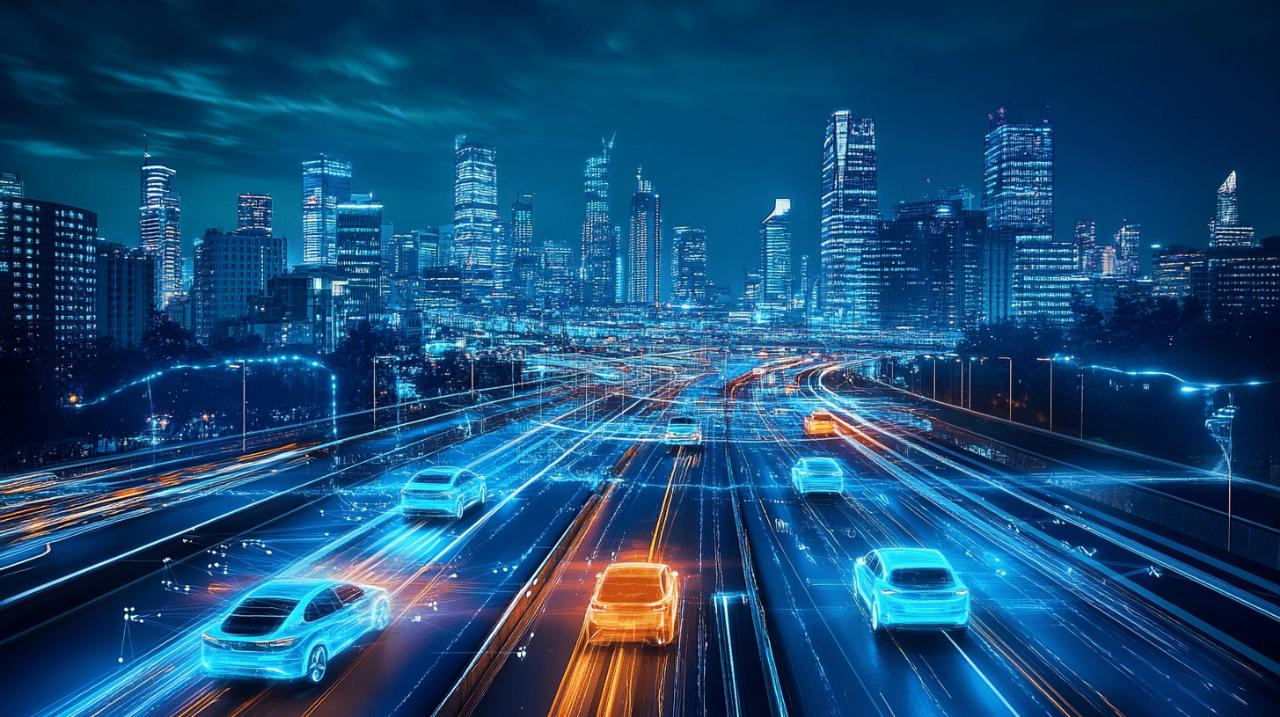The digital transportation landscape is rapidly evolving, bringing fundamental changes to how we move people and goods across cities and nations. Today’s transport networks are increasingly defined by their technological capabilities rather than merely their physical infrastructure. This digital revolution represents a paradigm shift in mobility thinking, with implications extending from individual travelers to global logistics operations.
The emergence of smart mobility solutions
Smart mobility solutions are dramatically reshaping transportation systems worldwide. These innovations leverage emerging technologies to create more efficient, accessible, and sustainable transport networks. The concept of Mobility as a Service (MaaS) stands at the forefront of this transition, shifting perspective from transport as a product to transport as an integrated service. According to recent studies, MaaS implementations could potentially reduce private car usage in urban environments by up to 30%, with some projections suggesting transportation carbon emissions might decrease by 20% by 2030 in cities embracing these solutions. For more detailed information about vehicle technologies and their impact on modern transportation, resources like https://www.auto-h-aus-europa.de/ provide valuable insights into the European perspective on connected mobility.
Integration of IoT and AI in Transport Networks
The Internet of Things (IoT) and Artificial Intelligence (AI) are becoming foundational elements of modern transport infrastructure. Smart sensors embedded throughout transport networks collect vast amounts of data, which AI systems then analyse to optimise operations in real-time. This technological convergence enables predictive maintenance, reducing vehicle downtime and extending asset lifespans. Studies indicate that data-driven decision-making can reduce transportation maintenance costs by up to 20% while improving overall fleet efficiency by approximately 15%. In logistics operations, telematics solutions have demonstrated the capacity to reduce fuel consumption by up to 15% and maintenance expenses by 14%, delivering significant economic and environmental benefits.
Contactless payment systems reshaping public transit
The adoption of contactless payment technology is fundamentally transforming the public transit experience. Transport for London provides a compelling case study, having reduced their revenue collection costs from 15% to 8% through contactless payment implementation, with further reductions targeted to reach 6%. These systems eliminate the friction associated with traditional ticketing, enabling seamless intermodal journeys and improving the passenger experience. Beyond operational efficiencies, contactless payments generate valuable data on travel patterns that transport authorities can leverage for service optimisation. The technology supports the broader goal of transport integration, which aims to increase social benefits by unifying transport planning and provision across different modes and operators.
Transformative impact of autonomous vehicle technology
 Autonomous vehicle technology represents one of the most revolutionary developments in transportation history. The self-driving vehicle market is projected to reach a valuation of $65 billion by 2027, reflecting rapid advancement and growing commercial adoption. Beyond the impressive market figures, the safety implications are equally significant, with projections suggesting self-driving vehicles could reduce traffic accidents by up to 90%. This technology promises to fundamentally redefine our relationship with personal and commercial transportation, creating new possibilities for mobility services while addressing persistent challenges like driver shortages, which currently amount to approximately 80,000 truck drivers in the United States alone.
Autonomous vehicle technology represents one of the most revolutionary developments in transportation history. The self-driving vehicle market is projected to reach a valuation of $65 billion by 2027, reflecting rapid advancement and growing commercial adoption. Beyond the impressive market figures, the safety implications are equally significant, with projections suggesting self-driving vehicles could reduce traffic accidents by up to 90%. This technology promises to fundamentally redefine our relationship with personal and commercial transportation, creating new possibilities for mobility services while addressing persistent challenges like driver shortages, which currently amount to approximately 80,000 truck drivers in the United States alone.
Self-driving Cars and Their Growing Presence on UK Roads
The United Kingdom is emerging as a significant testing ground for autonomous vehicle technology, with several pilot programmes active across the country. These initiatives are gradually introducing the public to self-driving capabilities while generating crucial real-world data to refine the technology. The transition toward autonomy is occurring incrementally, with advanced driver assistance systems becoming increasingly standard in new vehicles. Industry forecasts suggest that by 2025, approximately 33% of newly delivered premium trucks in Western markets will feature Level 4 automation, allowing for operation with minimal human intervention under specific conditions. This technological progression is expected to catalyse substantial economic benefits, with automation projected to reduce vehicle operating costs by 35-50%.
Regulatory frameworks evolving to accommodate driverless transport
As autonomous vehicle technology advances, regulatory frameworks are evolving to address the novel challenges and opportunities it presents. Policymakers face the complex task of balancing innovation with safety considerations, developing standards for testing, certification, and operation of self-driving vehicles. The regulatory landscape must also address questions of liability, insurance, and data privacy unique to autonomous transport. These frameworks are being developed through collaboration between government agencies, industry stakeholders, and academic institutions. The smart city initiatives in Japan provide an instructive example, where MaaS-related projects have been integrated into broader urban planning, with particular attention to regional characteristics and user needs. This approach recognises that successful implementation of autonomous transport requires not just technological solutions but also appropriate governance structures.